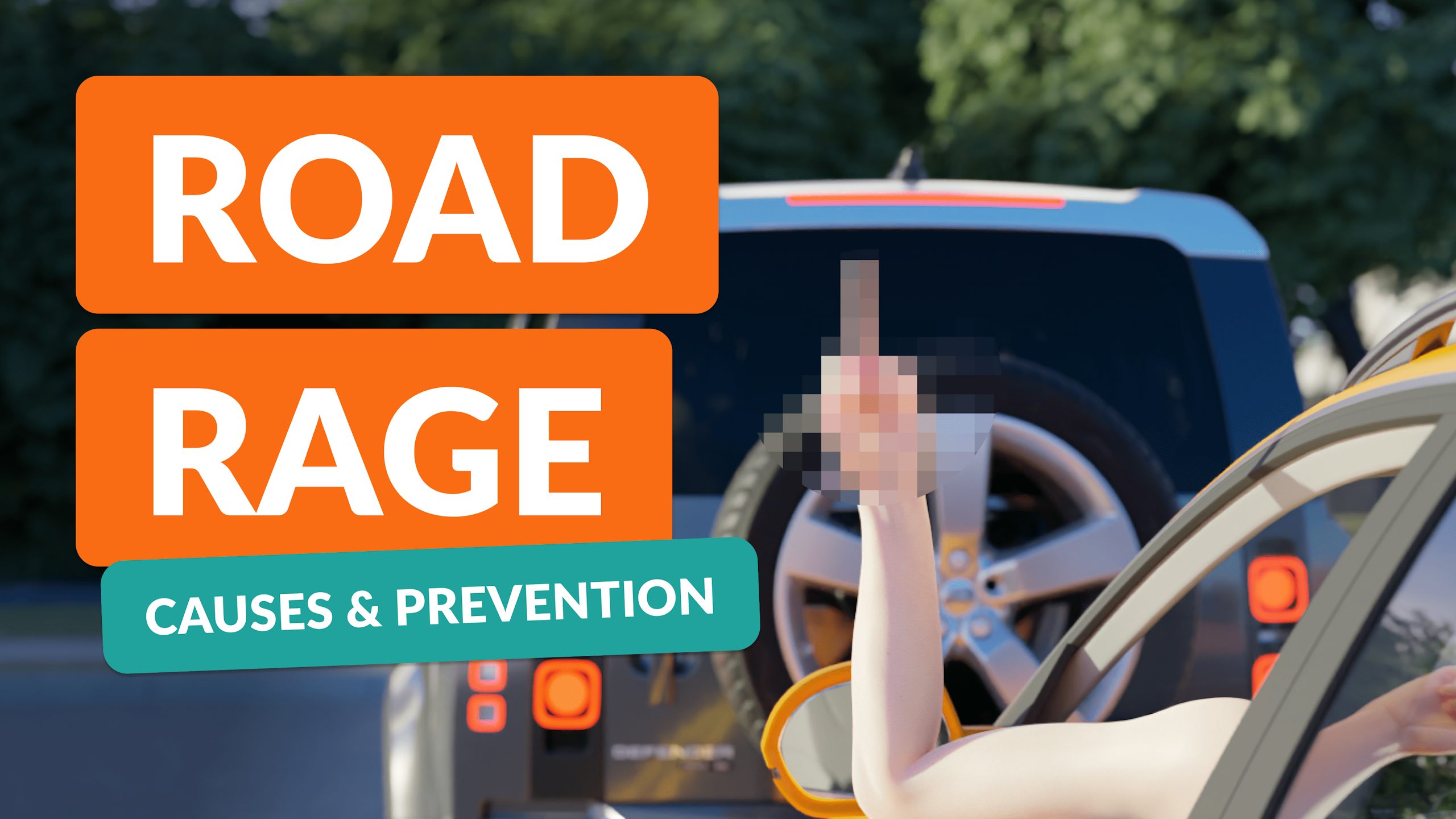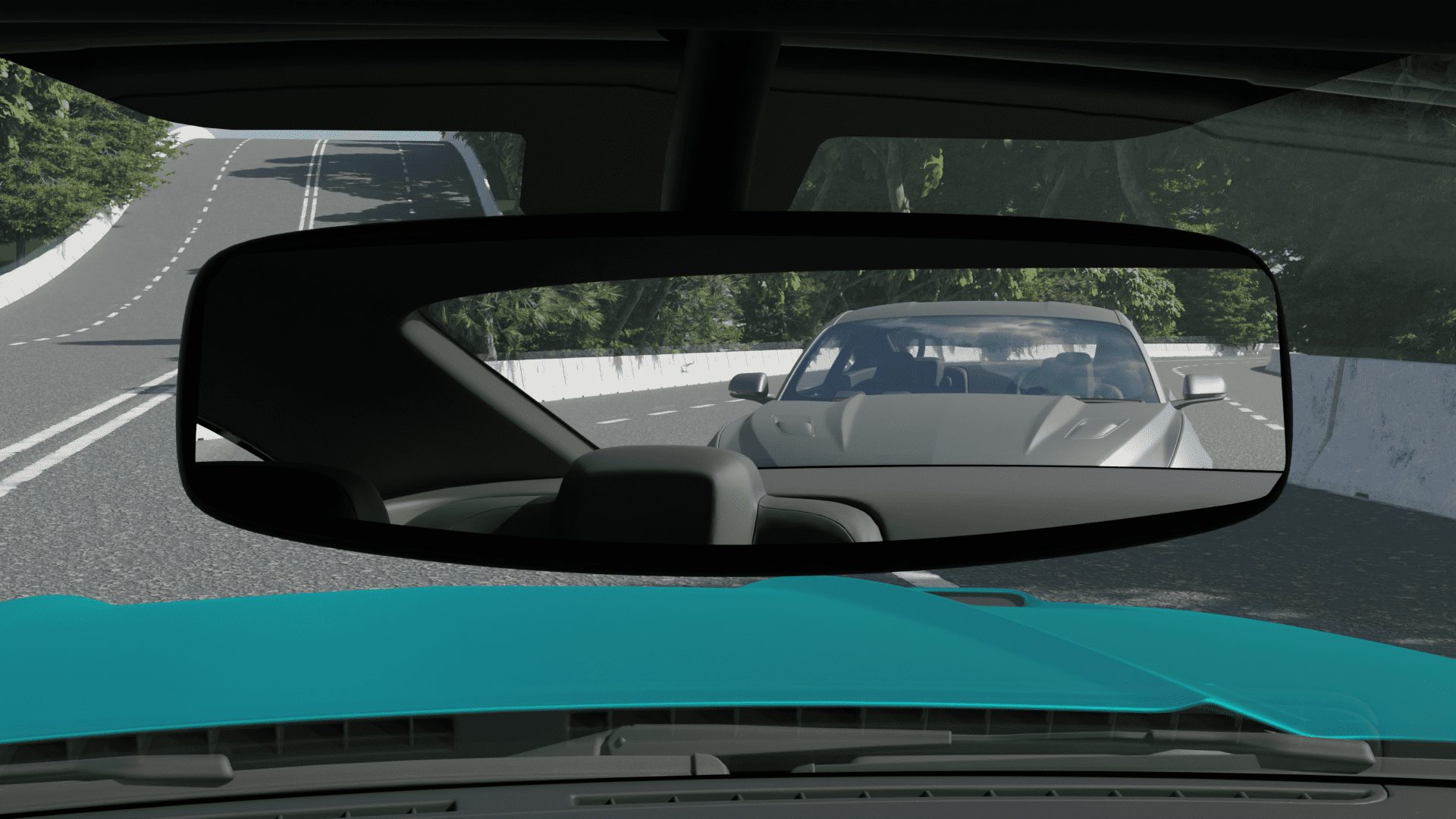
Road Rage and Aggressive Driving: Causes, Consequences and Prevention
Aggressive driving and road rage became all too common, posing a serious threat to public safety. Screaming, vulgar language, and violence contribute to a hostile driving environment.
In this article, we’ll focus on:
- 3 main causes of road aggression
- road aggression consequences
- 6 strategies to avoid road aggression
Defining Aggressive Driving and Road Rage
Aggressive driving is a traffic offense that puts other people or property in danger. Road rage takes it a step further, manifesting as violent behavior towards others on the road.
Even though both can lead to dangerous situations, they are not synonymous. The National Highway Traffic Safety Administration categorizes aggressive driving as a traffic violation, while road rage is a criminal offense.
| Aggressive driving – traffic violation | Road rage – criminal offense |
| TailgatingSpeeding in congested areas Cutting off other drivers Running stop signs and lights Weaving in traffic Changing lanes frequently | Rude gestures Profanity Ramming, sideswiping, or bumping other vehicles Harassing other drivers with brakes and headlights Forcing other cars off the road |
Main Causes of Aggressive Driving and Road Rage
Road aggression can escalate from minor incidents to severe, life-threatening situations within moments. Understanding these causes can help drivers become more empathetic, self-aware, and responsible on the road.
Environmental Causes
Traffic Congestion
Traffic congestion is a major contributor to road rage. Drivers who are stuck in traffic for long become frustrated and engage more easily in aggressive driving behavior. It’s especially relevant for people with time-sensitive commitments.
Noise and Weather Conditions
Noise and weather also contribute to road rage. Drivers exposed to high noise levels or unpleasant weather conditions are more likely to experience stress and frustration, which can lead to aggressive driving behavior.

Psychological Reasons
Psychological Triggers
Anxiety, depression, or anger management problems can manifest as rage on the road. Stress, for instance, transforms how we perceive and respond to the world. A stressed driver can perceive minor road situations as significant irritants, returning an aggressive response.
Anonymity
The anonymity creates a sense of detachment, allowing drivers to behave in ways they might not otherwise. Behind the wheel, people often feel shielded from the consequences of their actions, as they are surrounded by a metal box that separates them from the outside world. The anonymity can worsen negative emotions and reactions.

H3 Cultural Impacts
Aggression Normalization
In some societies, aggression is normalized or even celebrated. This normalization influences road behavior, making people more likely to drive dangerously. When aggressive behavior becomes accepted, it upholds a cycle of road rage incidents.
Media Influence
The media plays a crucial role in shaping attitudes towards road rage. It portrays aggressive driving in movies, television, and video games with minimal real-world consequences. Thus, it directly influences the normalization of aggression, provoking incidents in the long run.
H2 Aggressive Driving and Road Rage Consequences
Safety Concerns
- Accident Risk: Aggressive behavior often involves honking, screaming, and making obscene gestures, which can distract other drivers and increase the risk of accidents.
- Emotional and Physical Trauma: Victims of road rage incidents can experience emotional distress, anxiety, and post-traumatic stress disorder (PTSD). Physical injuries in these cases range from minor cuts and bruises to severe trauma.
Legal and Financial Repercussions
- Higher Insurance Premiums: For insurance companies aggressive driving is a significant risk factor, so they demand higher insurance premiums or even deny coverage.
- Fines: Offenders may face hefty fines with a significant financial impact. The amount varies depending on the severity of the offense.
- License Suspension: Road aggression can result in the suspension of the driver’s license, making it impossible to drive legally and difficult to get insurance in the future.
- Criminal Charges: In extreme cases, aggressive driving can escalate into criminal charges, leading to harsh penalties, including imprisonment.
How to Avoid Aggression on the Road: 6 Efficient Strategies
1. Get Sufficient Rest
Getting sufficient rest is crucial for maintaining a calm state of mind. When we’re tired or sleep-deprived, our reaction times are slower, our decision-making abilities are impaired, and our patience wears thin. Prioritize rest and ensure that you are well before hitting the road.
2. Ensure You Have Time
When running late, every obstacle feels like a major hurdle. Consider potential delays like traffic or roadworks, because having enough time for travel reduces the urgency and frustration.
3. Manage Personal Stress
Always check your stress levels before getting behind the wheel. If you’re feeling tense, try stress-management techniques like deep breathing or postpone driving until you’re calmer. Sometimes, it’s safest to avoid driving altogether to prevent aggressive incidents.
4. Choose Empathy
Changing the perspective helps to deal with frustrating situations. When another driver behaves badly, try to consider reasons for their behavior, such as their own stress or mistakes. Recognizing that everyone can have a bad moment and choosing empathy over immediate aggression creates a more peaceful driving environment.

5. Create a Calm In-Vehicle Ambience
The environment inside your car affects the driving mood and reactions. Creating a peaceful atmosphere with comfortable seating, soft music, and fresh air can shield you from external irritants.
6. Promote Defensive Driving
Defensive driving is a proactive approach that can effectively prevent road aggression. By staying alert, obeying traffic laws, and practicing patience, you can reduce the chances of engaging in aggressive behavior or becoming a target of road rage.
How to Become a Safe Driver?
Being a safe driver means protecting yourself and creating a safer environment for everyone. By adopting a responsible mindset and skilling up your driving techniques, you can significantly reduce the risks of accidents around you. Join Zutobi now and take the first step towards becoming a safe and confident driver.

550+ exam-like questions
All you need to ace your test
Perfect for first-timers, renewals and senior citizens
Recommended articles
Ace your DMV test, guaranteed
Want to Be the Top School in Your Area?
- Simple & automated admin
- More time for teaching
- #1 learning materials for students


